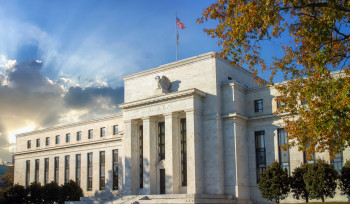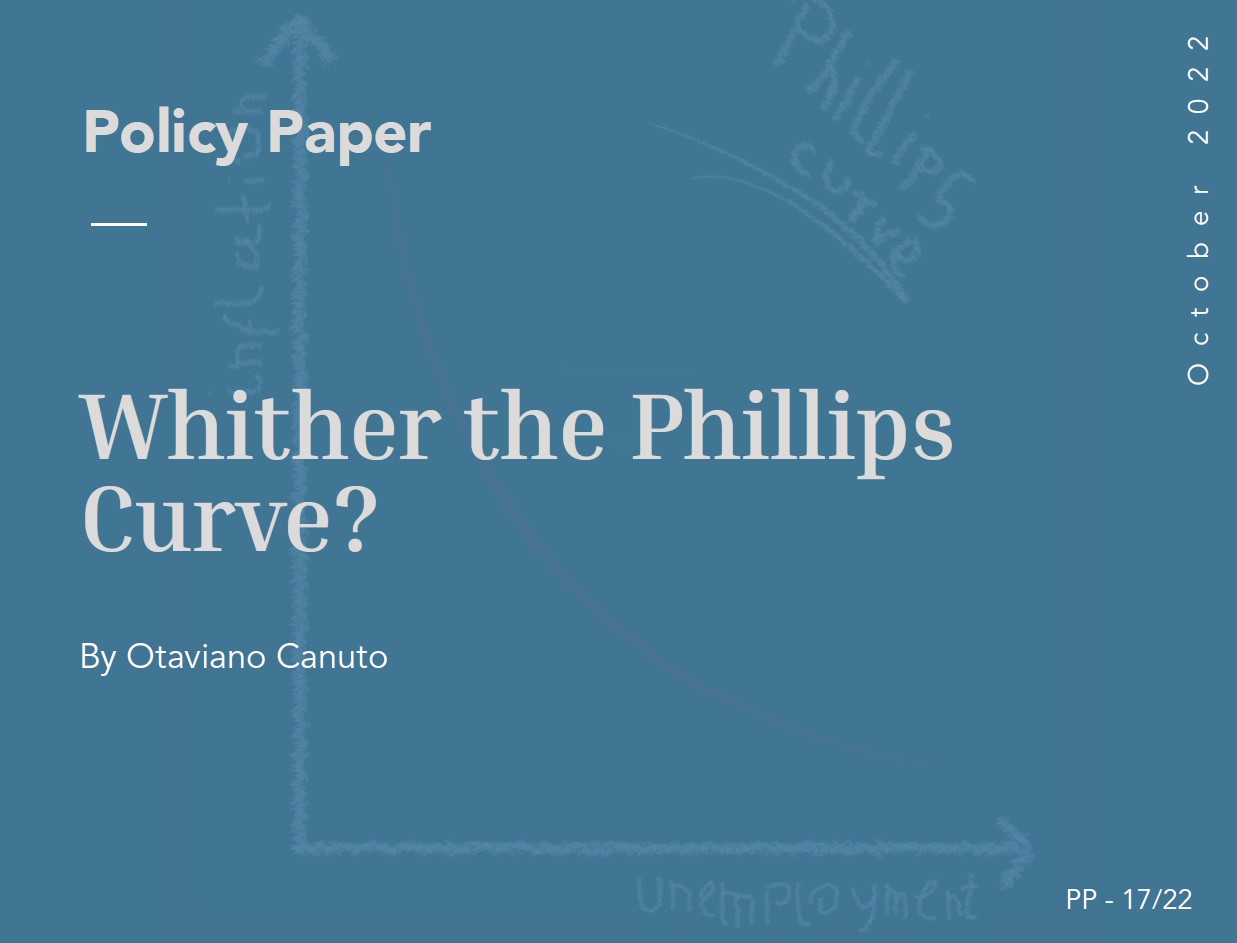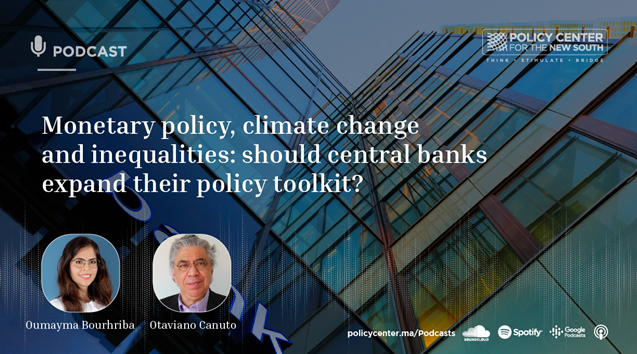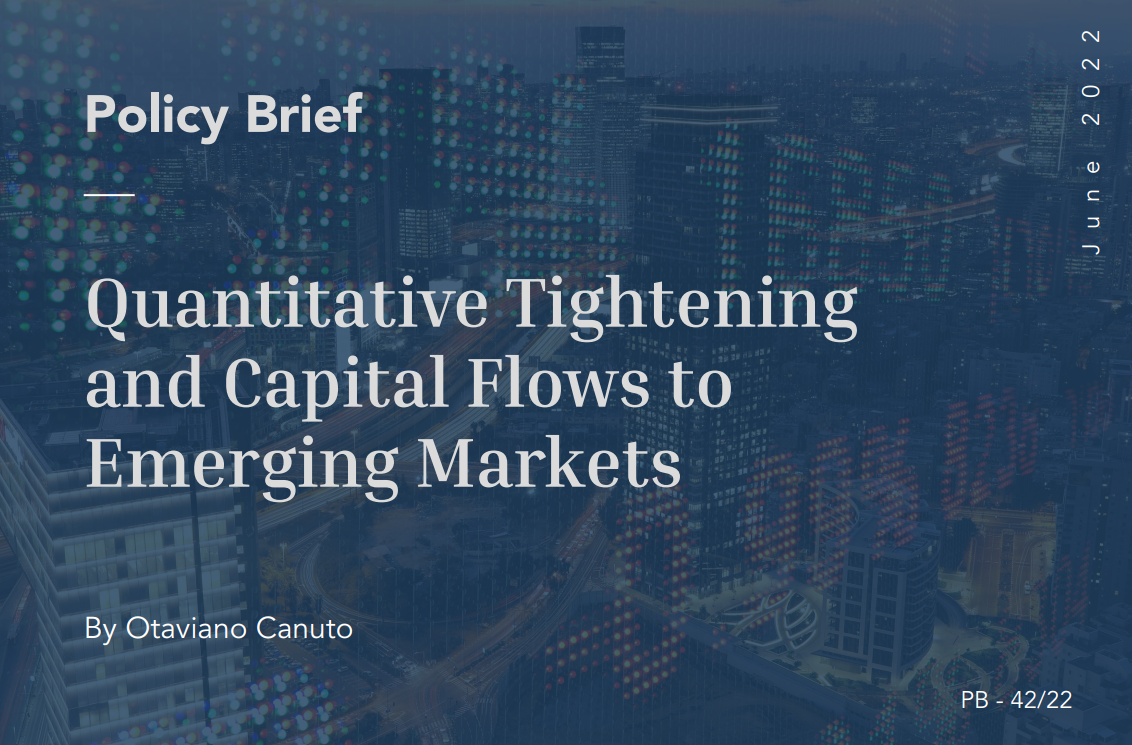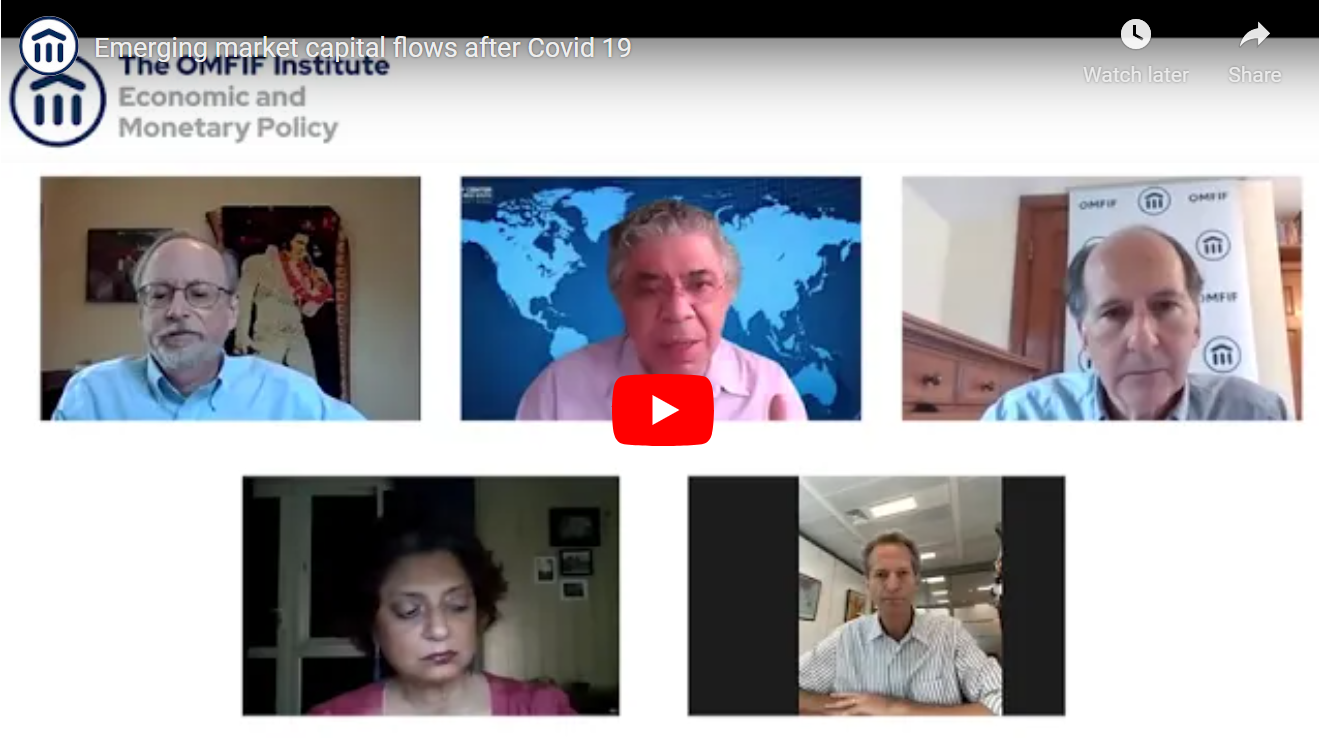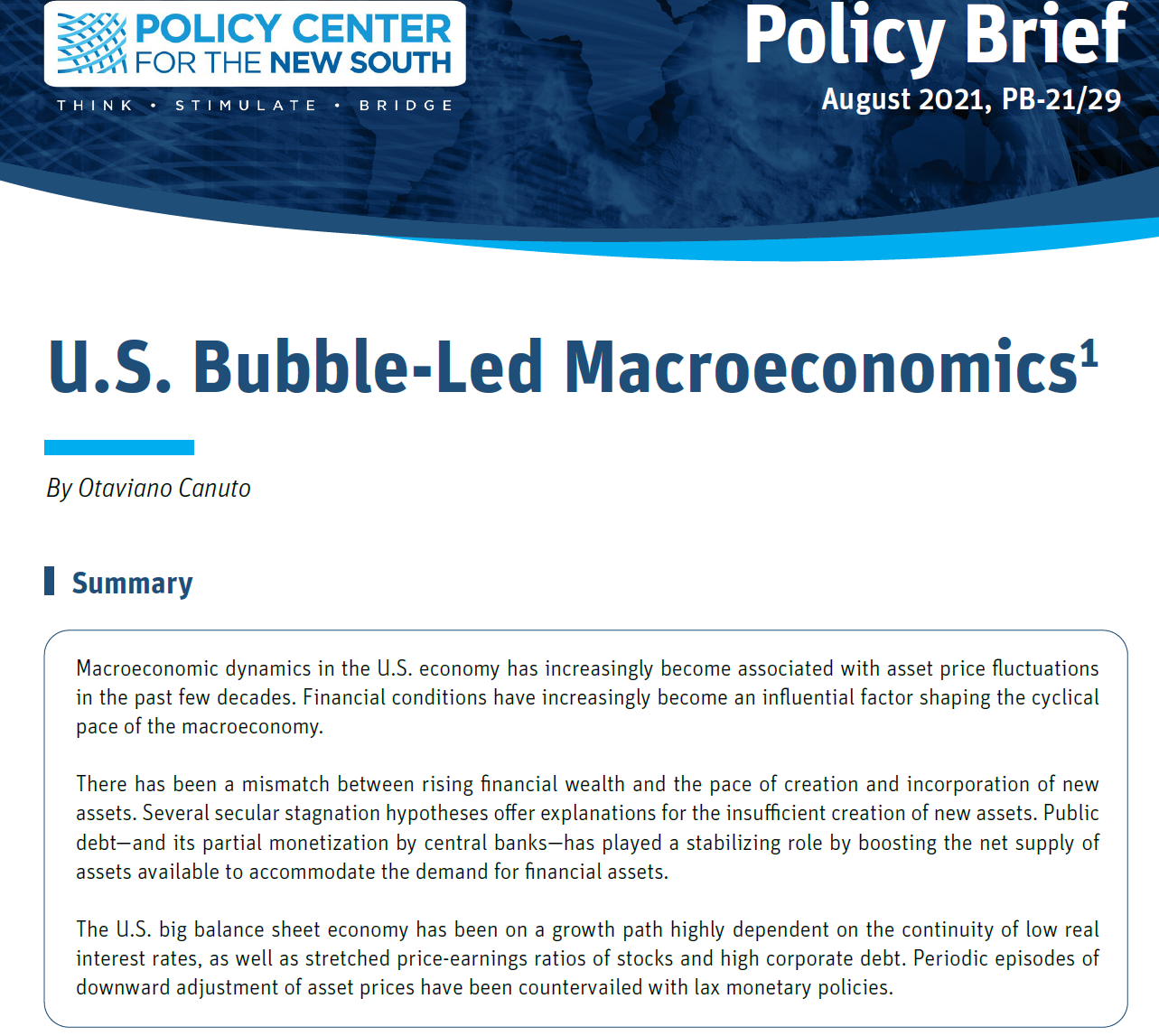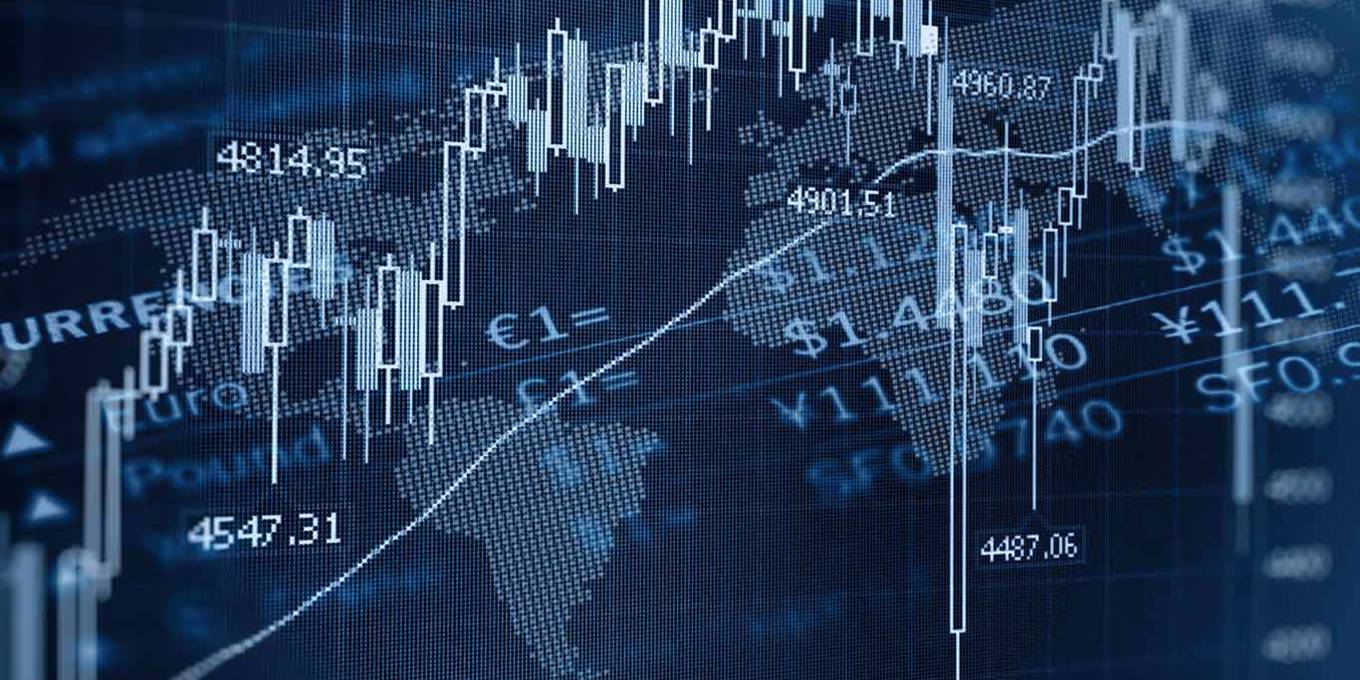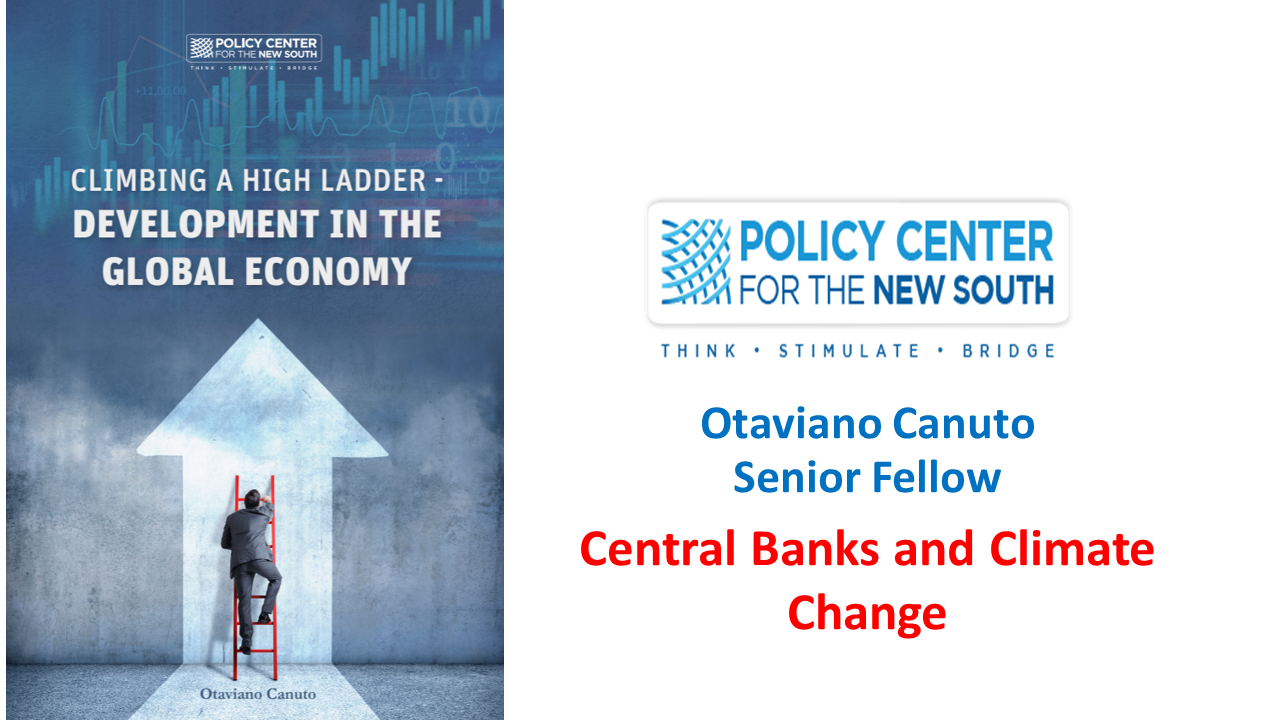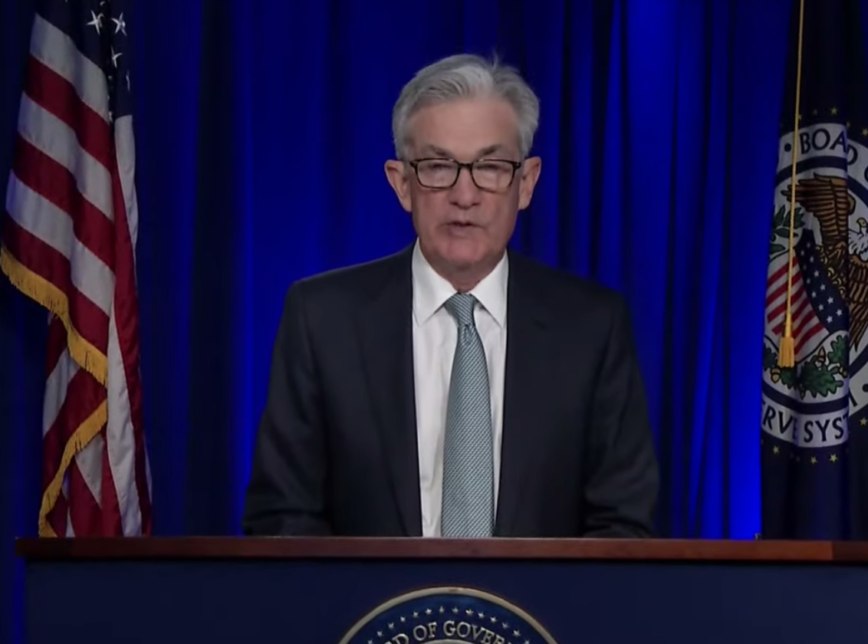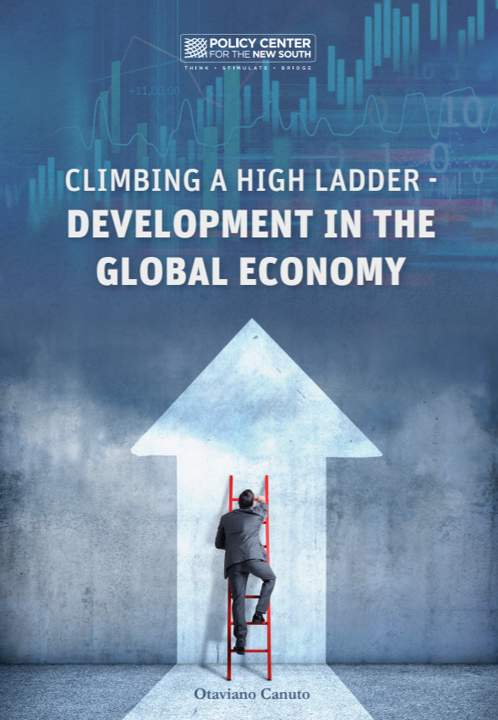Macroeconomic Policy Regime Change in Advanced Economies
Three significant changes to the macroeconomic policy regime in advanced economies, compared to the post-global financial crisis period, have unfolded in the last two years. First, fears of a chronic insufficiency of aggregate demand as a growth deterrent prevailing after the 2008 global financial crisis, have been superseded by supply-side shocks and inflation. Second, as a result of the first change, the era of abundant and cheap liquidity provided by central banks has given way to higher interest rates and liquidity squeezes. Finally, because of the previous changes, there was a strong devaluation of financial assets in 2022. There are now fears about multiple possibilities of financial shocks ahead.


